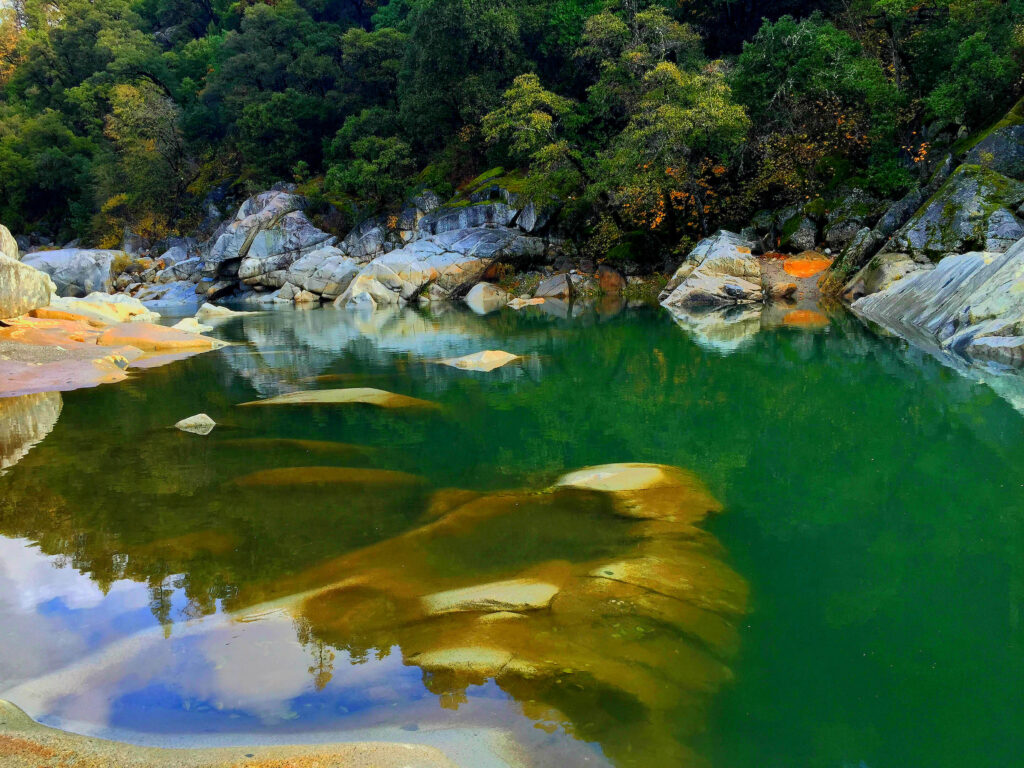
Hand-thinning: The manual removal of vegetation in forested areas to prevent the spread and intensification of wildfire.
Mastication: The use of several different types of equipment to grind, chip, or break apart fuels such as brush, small trees and slash into small pieces.
Prescribed fire: A planned fire intentionally set by land managers to achieve management objectives such as wildfire mitigation or restoration.
These terms may be unfamiliar. In the Yuba River watershed, we are using these methods alongside our partners to manage the forests of the Sierra Nevada and create climate resilience, enhance public safety, and most relevantly to the name and mission of American Rivers, protect river health by reducing wildfire risk. The Hoyt-Purdon Prescribed Fire and Fuel Reduction Project will treat 570 acres within a 918-acre project area along the South Yuba River at a strategic location between the river and surrounding local rural communities. The project will use a combination of the approaches described above to reduce the risk of wildfire and increase forest and watershed resilience. The essential design will reduce the horizontal and vertical continuity of fuels (e.g. make it so fire can’t carry along the ground horizontally or get into the tops of trees vertically) to make it easier to fight a fire should it occur. The project is also designed to protect ecological function and sensitive species.
Hoyt-Purdon Fuel Reduction and Prescribed Fire Project in California
The Hoyt-Purdon Fuel Reduction and Prescribed Fire Project encompasses 570 acres of private land, extending along approximately two miles of the South Yuba River in Nevada County, California. The project will reduce wildfire risk and impacts for six nearby communities and the Yuba watershed, resulting in multiple watershed, ecological, community, and capacity benefits and will increase the pace of ecologically sound forest management in the long term.
At first glance, it might seem confusing that a river-centric nonprofit is involved in forest management and wildfire mitigation, but the impacts of catastrophic wildfire extend beyond the immediate physical destruction of ecosystems and property, and the release of smoke, having severe consequences for the headwaters of California’s rivers. High-severity fires burn vegetation and can even burns soils, preventing regrowth. This lack of vegetation eliminates cover and shade, which raises water temperatures for aquatic species and leads to less dissolved oxygen in the water, a key parameter for healthy aquatic ecosystems. Loss of vegetative cover also prevents precipitation from infiltrating the soil and leads to erosion, releasing sediment downstream and impacting key life-cycle processes such as spawning. On a community level, excessive sediment can disrupt the operations of key infrastructure such as water treatment plants and hydropower production, and if a fire is severe enough, erosion can even reduce the capacity of reservoirs downstream as they receive sediment and debris post-fire.
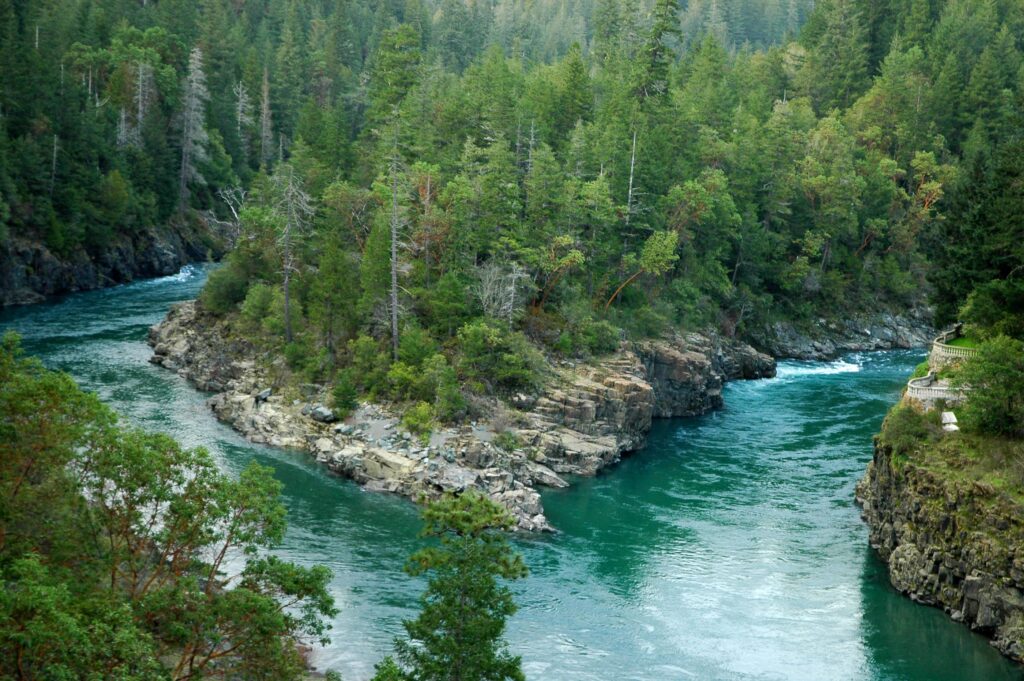
Let's stay in touch!
We’re hard at work in the California for rivers and clean water. Sign up to get the most important news affecting your water and rivers delivered right to your inbox.
Fire has always been a part of the ecology of California’s Sierra Nevada mountain range, whether naturally ignited burns that arise from events like lightning strikes, or the prescribed burns by the Tribes that have lived in, cultivated, and stewarded the watershed since time immemorial. But a pattern of Euro-American fire-suppression that began in the 19th century has allowed fuels to build to dangerous levels across the range, putting communities and watersheds at risk from catastrophic high-severity wildfire. This is true of current conditions along the South Yuba River. The Hoyt-Purdon Project aims to address this by first implementing hand and mechanical thinning (i.e. mastication) to reduce vegetation to levels that allow for the safe reintroduction of fire. The project will then implement initial prescribed burning, with a plan to reburn the project area at regular intervals to maintain lower fire risk conditions. As temperatures climb with a changing climate, leading to hotter and drier summers and increasingly risky fire conditions, this work is more important than ever and needs to be scaled.
American Rivers is working to pursue integrated forest and watershed restoration in the California headwaters, recognizing the important role the surrounding landscape plays in protecting and maintaining downstream rivers. The Hoyt-Purdon Project will provide wildfire risk reduction at a strategic location between the South Yuba Canyon and adjacent communities including Nevada City and Grass Valley, thereby protecting both communities and the forested ecosystems that the South Yuba River needs to thrive. American Rivers and partners initiated project activities in spring 2024 and have completed significant hand and mechanical thinning. We plan to conduct initial prescribed burning in fall/winter 2024/2025.
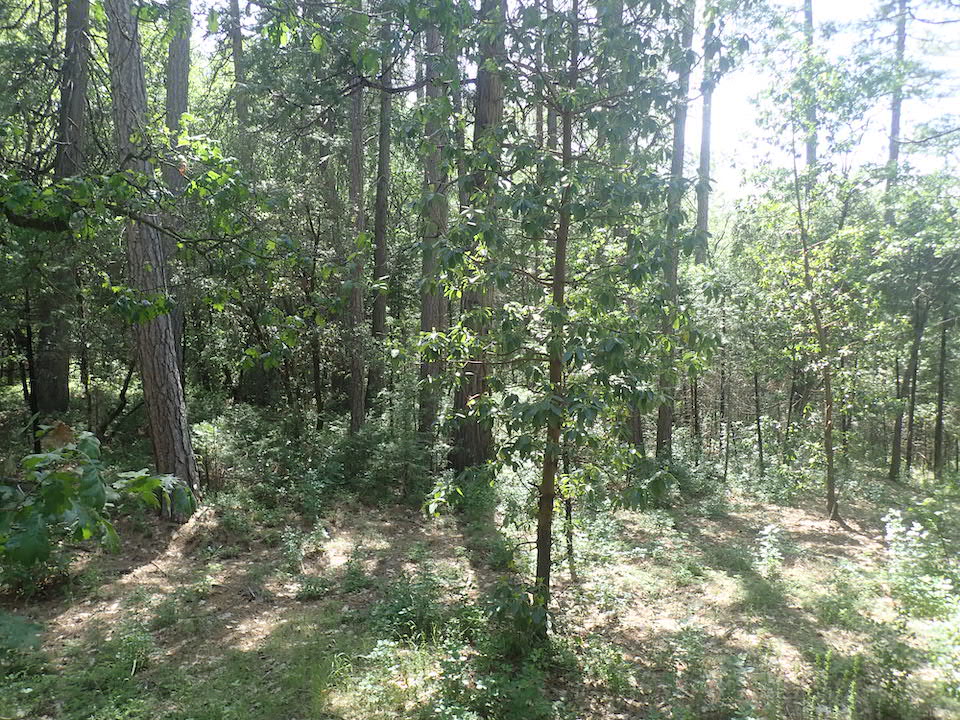
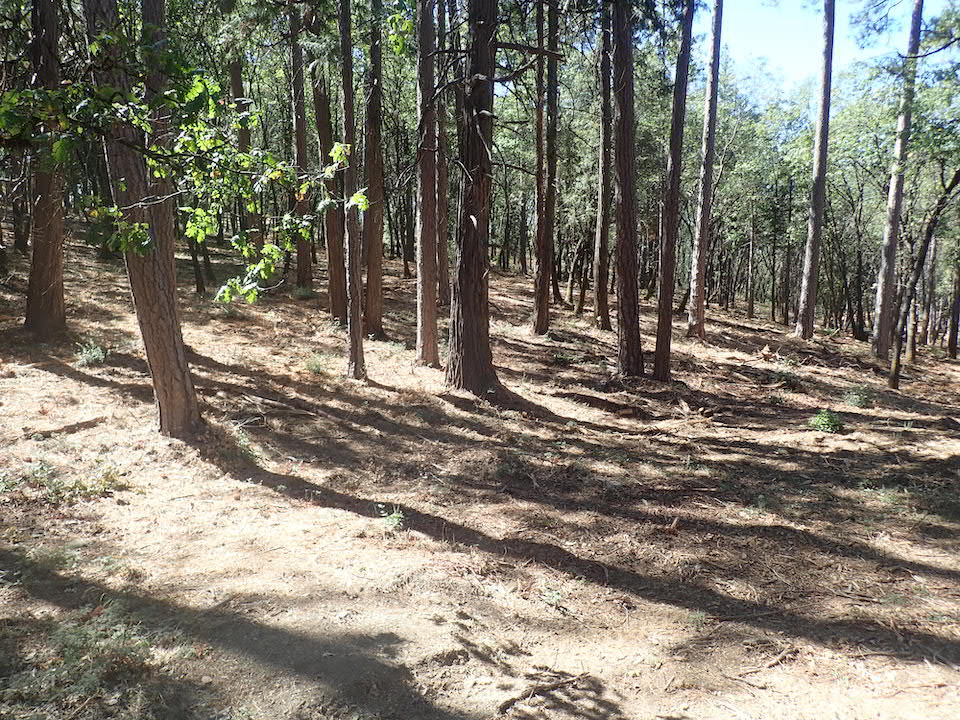
This project and wildfire risk reduction and mitigation across the headwaters of the Sierra Nevada is only possible through strong collaboration. For this project, we are working with three different private landowners, and the project team includes Terra Fuego Resources Foundation, Open Canopy LLC and Stillwater Sciences, with funding from the Sierra Nevada Conservancy, California Department of Fish and Wildlife and the Bella Vista Foundation to restore a healthy fire regime to the Yuba River Canyon. Watch the video below to learn more about wildfire risk reduction and the projected impacts on the landscape!


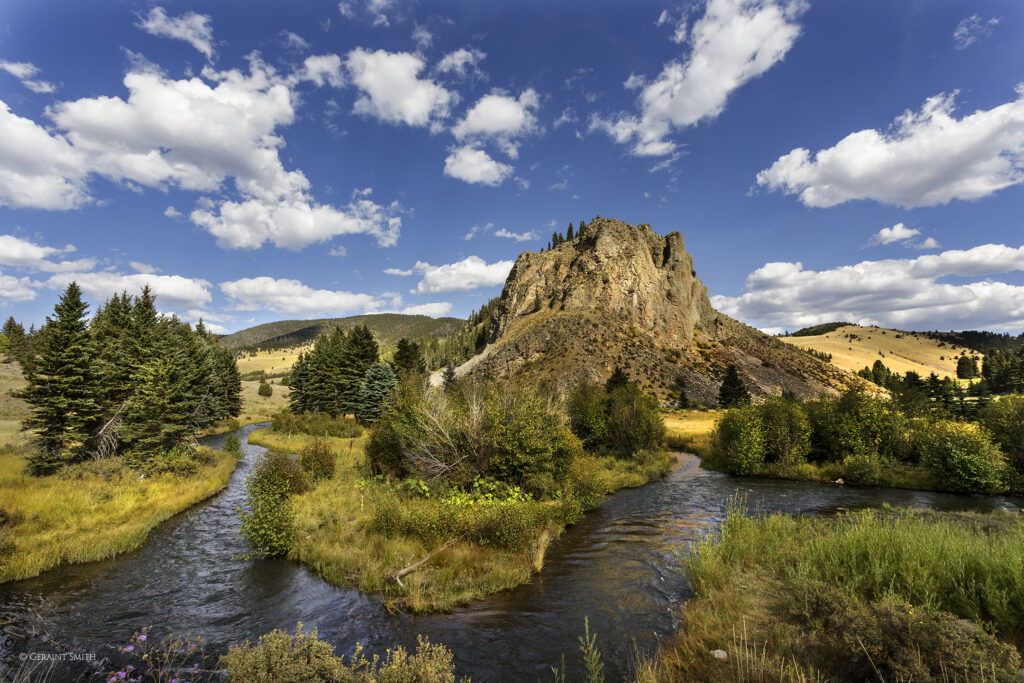
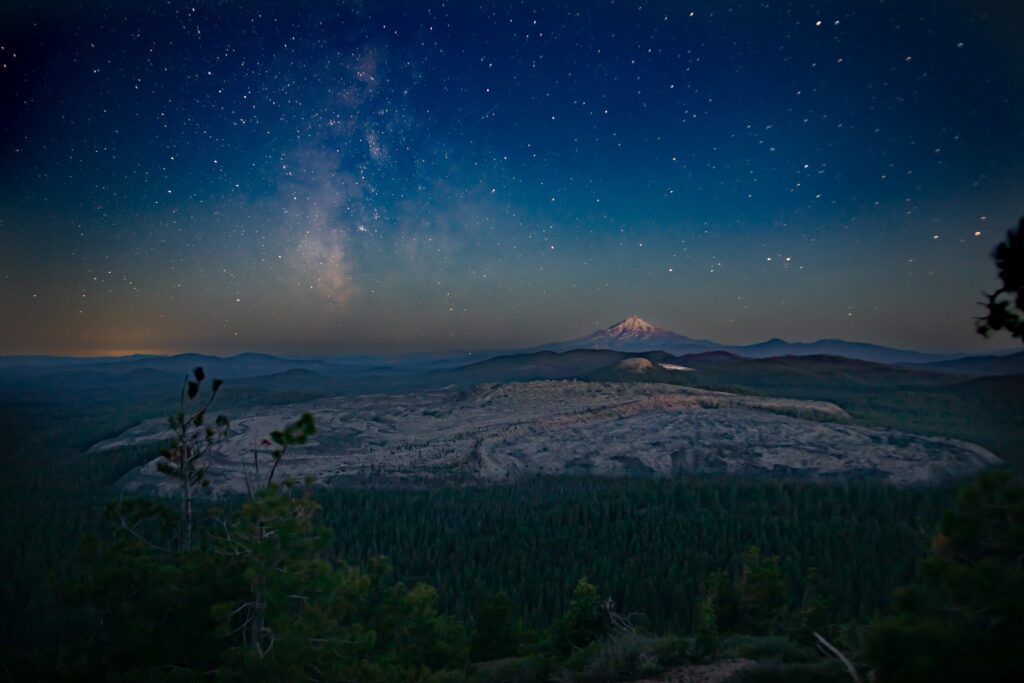
2 responses to “Reducing Fire Risk in the Headwaters of California’s Rivers”
what are the source of funds to conduct this project to protect a single “private property” owner with the addition of one of his friends?
Can I be put on the bidders list for any up coming projects
Thank you Kelly